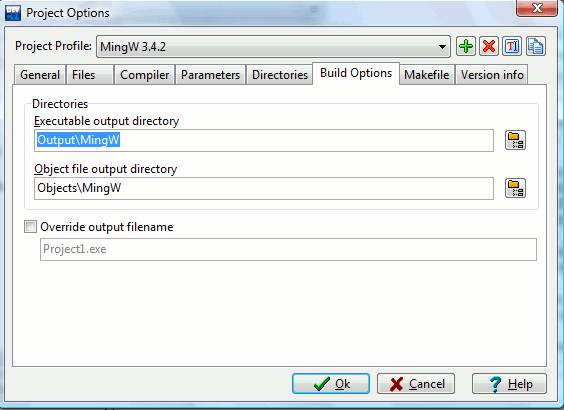

Compiling source files to object codeĢ.1.3. Building Code with GCC"Ĭollapse section "2.1. Creating C or C++ Applications"Įxpand section "2.1. Creating C or C++ Applications"Ĭollapse section "2. Setting up to measure performance of applicationsĮxpand section "2. Setting up to develop applications using C and C++ġ.6. Setting up to manage application versionsġ.4. Enabling debug and source repositoriesġ.3. Setting up a development workstation"ġ.2. Setting up a development workstation"Ĭollapse section "1. Providing feedback on Red Hat documentationĮxpand section "1.

Meanwhile I prefer the Makefile way, but I still use the IDE for small projects.Developing C and C++ applications in RHEL 8 The '*.ino' files don't need to be changed and the Makefile file is to be placed in the same directory. OPTIMIZATION_FLAGS = -Os -fexpensive-optimizations -fstrength-reduce Here an example Makefile: # try: make helpĪRDUINO_PORT = /dev/serial/by-id/usb-Arduino_LLC_Arduino_Leonardo-if00 To make it really easy, you can use Arduino Makefile. Many people leave the IDE because they prefer use differentĮditors or have more configuration options by setting So you'll end up with two configurations. You'll need also to specify both in the Makefile. This works both in the IDE and on the command line.Īs you specify the Board and SerialPort in the IDE, Generally you'll need to state the setup() and loop() functions, they are just wrappers of the IDE: void setup() I recently found PlatformIO which doesn't answer this question directly, but does automate a lot of the process (generates Scons files for you) and so far I prefer the workflow over both the Arduino IDE and the source+makefile approach. but this doesn't explain how use both the IDE and a makefile. # the function, with a semi-colon at the end. A function prototype looks like the first line of # means that you can have a call to a function before the definition # function will take and what type of value it will return. A prototype declares the types of parameters a # - Write prototypes for all your functions (or define them before you # - Put this line at top of your code: #include If you're using this makefile instead, you'll need to do The official(?) makefile available here explains what to do if using the makefile instead of the IDE: # The Arduino environment does preliminary processing on a sketch before What I want to know is "how do I write a program such that it is considered valid both by the Arduino IDE and g++. pde files is fine, but extraneous to my question, so this is not a duplicate. Understanding what the Arduino IDE does to. I know about including the function declarations at the top, but is there anything else to do in order for my sketch to be considered valid C++ by my compiler? Update 1 I'd like to write my sketches so that I can either build/upload them using the Arduino IDE, or optionally using GCC and a makefile.


 0 kommentar(er)
0 kommentar(er)
